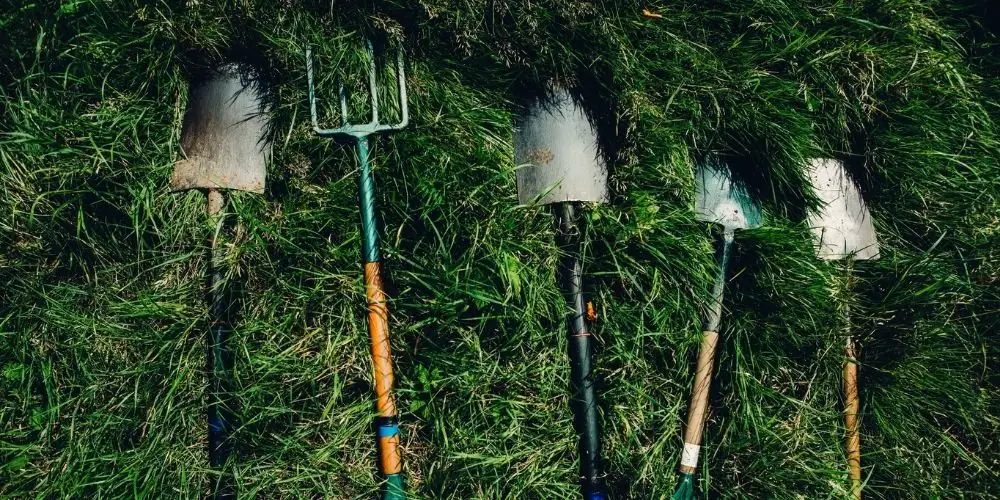Small, black seeds are produced by carnations (Dianthus). Dianthus is a Greek word that means “flower of the gods.” These beautiful plants will self-sow in addition to having a spicy odor and long-lasting flowers. Carnations are available as annuals, biennials, and perennials. Indoors, temperatures of 60-to-70-degree Temps, well-draining topsoil, intense light, with greater air circulation are ideal for pot carnations (Dianthus caryophyllus).
You can start the seeds home or plant them in specified areas after drying your garden carnations to harvest their seeds. Some carnation cultivars grow well in USDA hardiness zones 3 through 9. Also, to get the quality of flowers seen in a florist shop, this carnation needs a lot of labor in the home garden. Carnations may be used to decorate flowerbeds, borders, rock gardens, and even pots. Carnations will bloom far into the fall if they are protected from the outdoors.
When the growth in the center of a clump starts to die, separate the carnations. Professional flower gardeners do not sow florist’s carnation seeds since the plants take 12 to 24 months to blossom. Floral carnations planted from seed are generally handled as annuals in the home garden.
Description and Specifications
Carnation seeds grow in the seed pod underneath the petals of the flower. Each bloom produces a large number of seeds, which are connected to support the pod’s core. The seeds are tiny, resembling cracked pepper. The pod bursts open and releases the seeds when the bloom dies. Carnation seeds have the appearance of brown or black bits. Like small potato chips, they’re usually oval with a slight bend.
Seed Collection
Cut the blooms from your garden carnations and dry them indoors to harvest seeds. Put tiny paper bags over the flower heads and secure them with rubber bands or twist ties, whether you dry the blooms indoors or on the plant, to help in seed collection. The bag prevents the small seeds from falling out of the bloom when they are released. The seeds may be separated from the petals and pod material with the assistance of a sieve.
Also, do carnations grow from seeds?

Carnations can be produced from seed started indoors and transferred outside after the first frost, or seeded directly in the garden in the summers or as a potted plant. Indoor Seed Sowing: To blossom in that same year, sow carnation seeds inside 8 weeks before the final frost. In corn formula, plant 1/8 inch deep.
Scissors or a knife can be used to cut the flower head. Gather the mature seeds from the flower head and lay them out on waxed paper to dry. In the spring, sow the seeds. You may either plant them straight in the garden or plant them indoors to get a head start on the season. So, this means you can get seeds even from cut flowers.
- What is the Difference Between Heirloom and Organic Seeds?
- What are Heirloom Seeds?
- Will Geraniums Flower All Summer?
Do carnations have the ability to spread?
If the stems are allowed to grow all along ground, they will take root at their nodes, and the crop will spread this way. Carnations are usually not permitted to spread since they are produced for cut blooms. Suckers form near the base of the plant, which can be utilized to propagate it.
Conclusion
Growing Carnation also helps in home improvement along with relieving stress by drinking freshly made carnation tea. You also agree right? It’s a good day! When you’ve just planted new carnation seeds, it’s critical that they get enough water for the first few weeks in order to build their native plants. Because water needs to go all the way back down to the deepest root, it’s critical to have soil with the drainage system.
Water your carnations vigorously once a week until they have a strong root system. Pruning carnations is an important part of caring for them and keeping them healthy and robust. When your plants are still young, prune them by removing old blooms and foliage so that more nutrients and water may be sent to the plant’s healthy portions.
You’ll need to trim your carnation once it’s bloomed to encourage fresh growth. Pruning your plant in the summer helps keep it producing fresh blossoms. Cut the spent blooms just above the leaf node, and new growth will spring out in their place.















